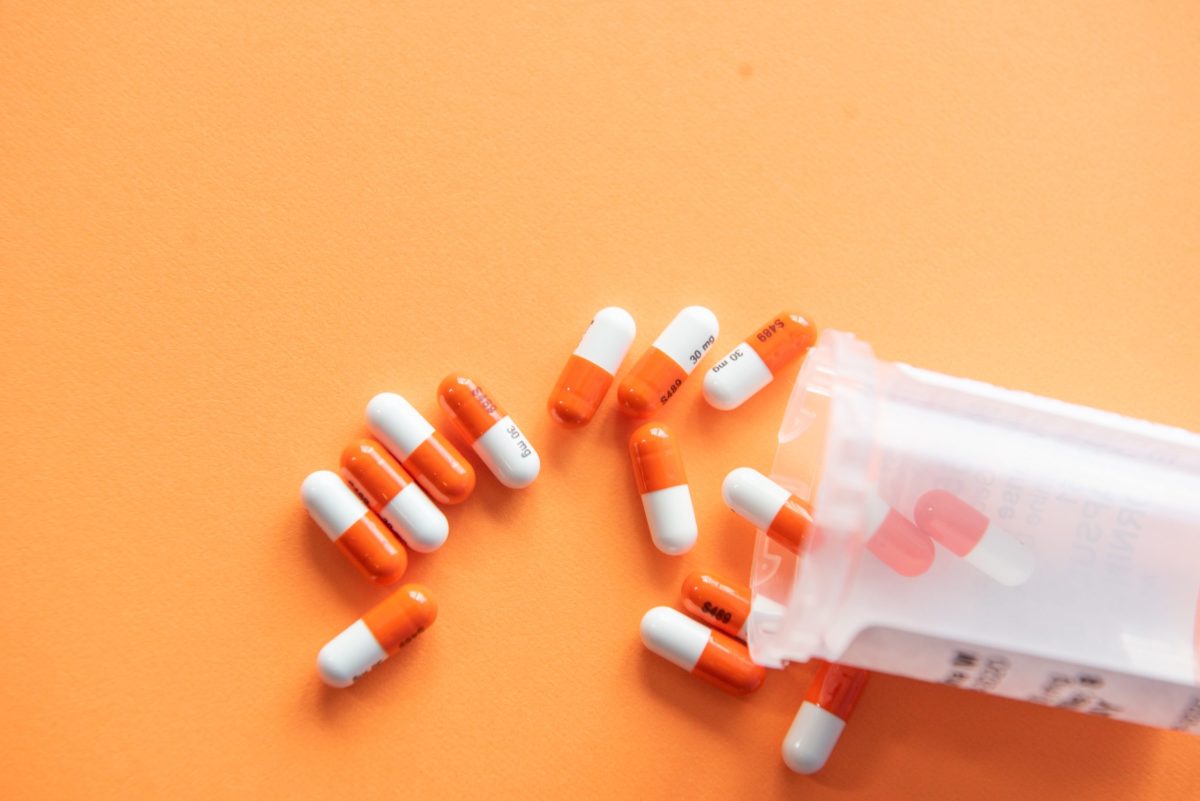The surging prices of prescription meds are impossible to ignore. The sky-high costs of these drugs seriously mess with healthcare budgets, especially in places without universal healthcare. In countries where everyone isn’t covered, these pricey prescriptions add another layer of trouble, making it super hard for folks to cover their medical bills. So, why are these drugs so darn expensive? Well, let’s break it down:
Table of Contents
Monopolies:
Some new drugs have no competition, which means you’ve to shell out whatever they’re asking for. Even when there are multiple drugs for something like cancer, there’s still not much price competition. So, the customers end up paying a high price for the medicines.
- Ideally, these monopolies should only last a bit as generic drugs hit the market. But unfortunately, that’s not always the case for diseases like cancer and other life-threatening conditions.
- Plus, with biological drugs, the fancy manufacturing process and slow approval steps keep competitors at bay.
Serious Illnesses:
Meds for really serious diseases aren’t luxuries; they’re lifelines. When folks are fighting for their lives, they’ll pay whatever it takes to get better or live longer. Just imagine that your loved ones are suffering from a fatal disease. Would you worry about the prices of the medicines? No, of course, you would want to buy the meds without even thinking about the high cost because you need them badly.
Drug Development Costs:
Making a new drug is a long and costly journey, taking about 12 years from start to finish. At times, the total cost of launching a new drug to the market goes up to billions. The whole process from the factory to the pharmacy involves lots of steps that drive up costs. Serialization is a process that ensures the safety protocol. This process, too, contributes to the overall cost of the drug.
Big Pharma’s Influence:
Pharmaceutical companies and their buddies in trade organizations have a lot of sway through their lobbying efforts. Just in the U.S., they dropped around $220 million on lobbying in 2018.
Now, let’s talk solutions. Indeed, the issue of high drug prices is a complex and multifaceted problem, and there are no simple solutions. The underlying reasons for high drug prices vary and can be influenced by factors unique to the United States when compared to the rest of the world.
Patent Reforms:
The current patent system lets companies hold a grip on drugs for way too long, and they often stack up multiple patents to keep control. The government needs to change the rules to stop them from abusing the system.
Speed Up Generic Drugs:
If developed nations could agree to speed up the approval process for generic and similar drugs, we could cut out a bunch of unnecessary red tape.
Nonprofit Generics:
To slash drug prices and prevent shortages, we can set up nonprofit companies that make generic drugs. Governments, nonprofits, or charities could run these.
Compulsory Licensing:
When drug makers won’t play nice and negotiate fair prices, developed countries should be more keen to use compulsory licensing. It’s a way to force them to lower the cost of certain drugs when negotiations aren’t going well or taking too long.
So, there you have it – the problem and some potential fixes for those high prescription drug prices. It’s a complex issue, but with some changes, we might just make healthcare more affordable for everyone.


 Home
Home










